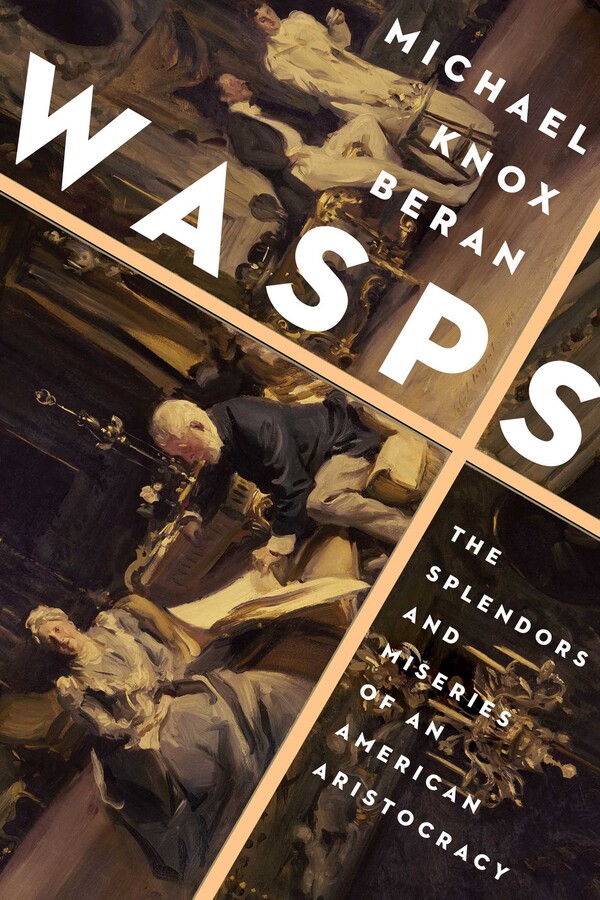Lewis H. Lapham: The last page of the book comes with your summation of it as a song of lamentation for fallen toffs. You write with the hand of a poet. But before we get to the heart of the matter, perhaps you can begin with the prosaic: Who were the WASPs and when did they flourish and thrive? From whence did they come? And for how long did they hold pride of place in America’s cultural and political affairs? Mention some of the more luminous names in the WASP pantheon.
Michael Knox Beran: The ones we know best and whose names have lasted longest, they still mean something to a lot of people. Theodore and Franklin Roosevelt, Eleanor Roosevelt, Cold Warriors like Dean Acheson and Averell Harriman and Joe Alsop. And then there are the sort of dazzling figures of style: Isabella Stewart Gardner, Edie Sedgwick, Babe Paley, Marietta Peabody Tree. They’ve come to stand in for an idea of glamour and power, privilege, something very enviable, and the thing that Jay Gatsby and the Fitzgeralds knew. But when you look at their actual beginning, they began at an extremely low ebb in their own histories after the Gilded Age. The WASPs were feeling overshadowed in a country that their forebearers were accustomed to lead. You have figures like Henry Adams, descendant of two presidents—he now finds himself in the Gilded Age, overshadowed by a class that was not only usurping the old WASP place in the hierarchies but embodying a different conception of life.
I think some of the early WASPs, like Henry Adams, John Jay Chapman, and Theodore Roosevelt, were appalled by the narrowness of the new classes. They were very much influenced by European and British traditions of civic humanism, by Coleridge and Matthew Arnold, who believed that the modern, industrial, specialized world was failing to develop, in Arnold’s words, all sides of our humanity and was as a result producing incomplete and mutilated men. The WASPs were born in the attempt to get beyond that and to realize a different idea of the good life in the late nineteenth century.
LHL: The acronym WASP stands for what? We might as well make that clear to people who might not know it: white Anglo-Saxon Protestant. The descendants from the early American settlers of the Puritan city on the hill. Families of Boston that are known as the Boston Brahmins.
MKB: Exactly. But the term WASP was always sort of ludicrously imprecise. Louis Auchincloss hated it. He said growing up—he was born in 1917—they didn’t use the term, and he really disliked it. A better definition would probably be one that explored both their being descended from early American elites and the closeness of their family and institutional connections. My own working definition of an Auchincloss-style WASP—and it covers most of the people in the book—would be somebody who’s connected to at least one of these institutions: the Porcellian Club at Harvard, Skull and Bones at Yale, the Knickerbocker and the Colony Club in New York, Somerset Club in Boston, various summer watering holes, places like that. And an intense kinship structure, too, very endogenous—they all married within their families.
